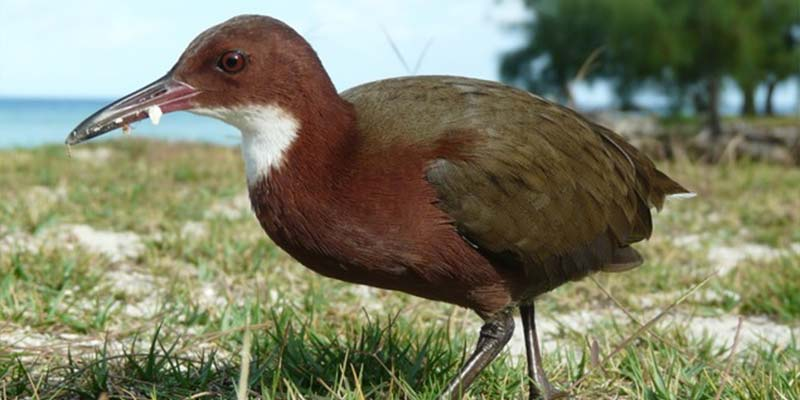Free Courses Sale ends Soon, Get It Now


Free Courses Sale ends Soon, Get It Now



Copyright infringement not intended
Picture Courtesy: https://www.manoramayearbook.in/current-affairs/world/2019/05/11/Flightless-bird-returns-from-the-dead.html
Context: The Aldabra rail species, a flightless subspecies of the white-throated rail, went extinct due to the submersion of the Aldabra atoll off the southeast coast of Africa. The atoll was submerged beneath the waves for a significant period (around 136,000 to 118,000 years ago), causing a turnover in the fauna and leading to the extinction of the flightless rail.
About Aldabra Rail
Appearance
Habitat
Diet
Behaviour
Reproduction
Evolutionary history
Conservation status
|
Interesting facts ●The Aldabra rail is the only living flightless bird in the Indian Ocean. ●It is one of the few examples of iterative evolution in the animal kingdom. ●The Aldabra rail is an important part of the Aldabra Atoll ecosystem, helping to control insect populations and disperse seeds. |
|
PRACTICE QUESTION Q. Why is the Aldabra rail making headlines? A) Breakthrough in avian genetics B) Rediscovery after presumed extinction C) Unprecedented migratory patterns D) Successful cloning experiment Answer: B Explanation: The Aldabra rail is in the news for its rediscovery after presumed extinction, showcasing its unique evolutionary journey of becoming flightless twice. |
© 2024 iasgyan. All right reserved